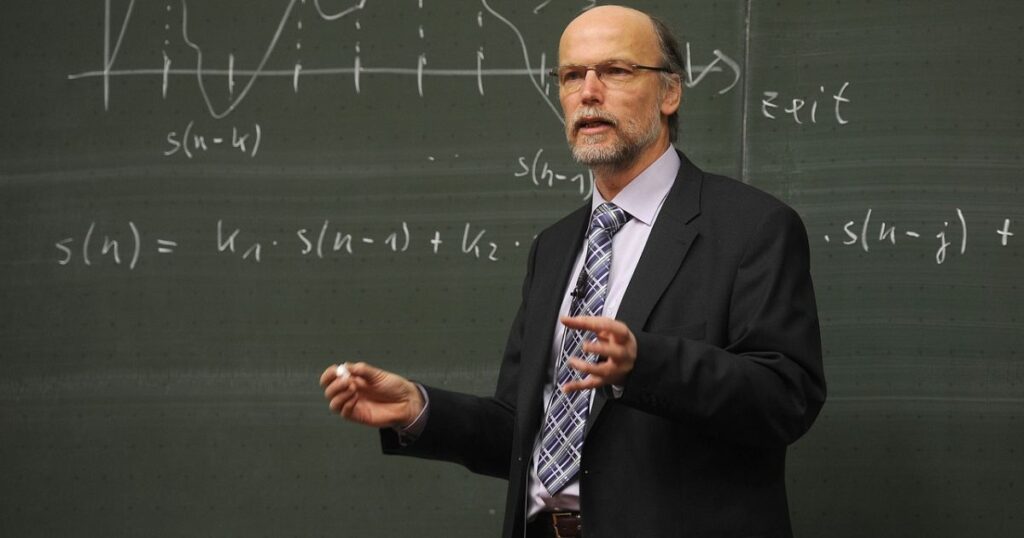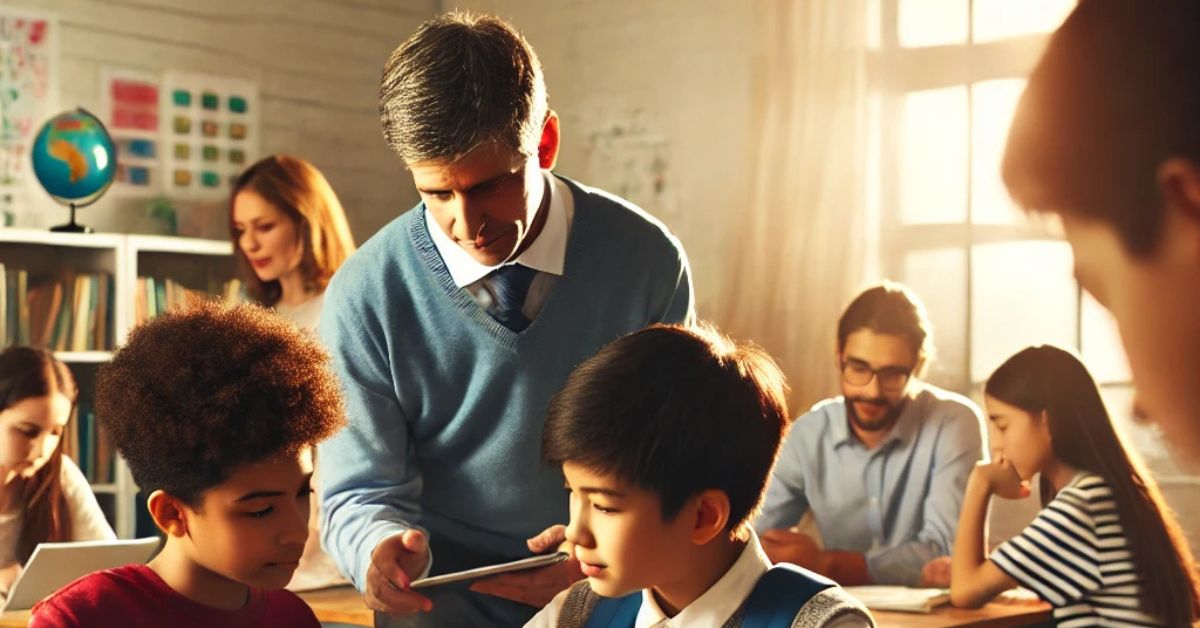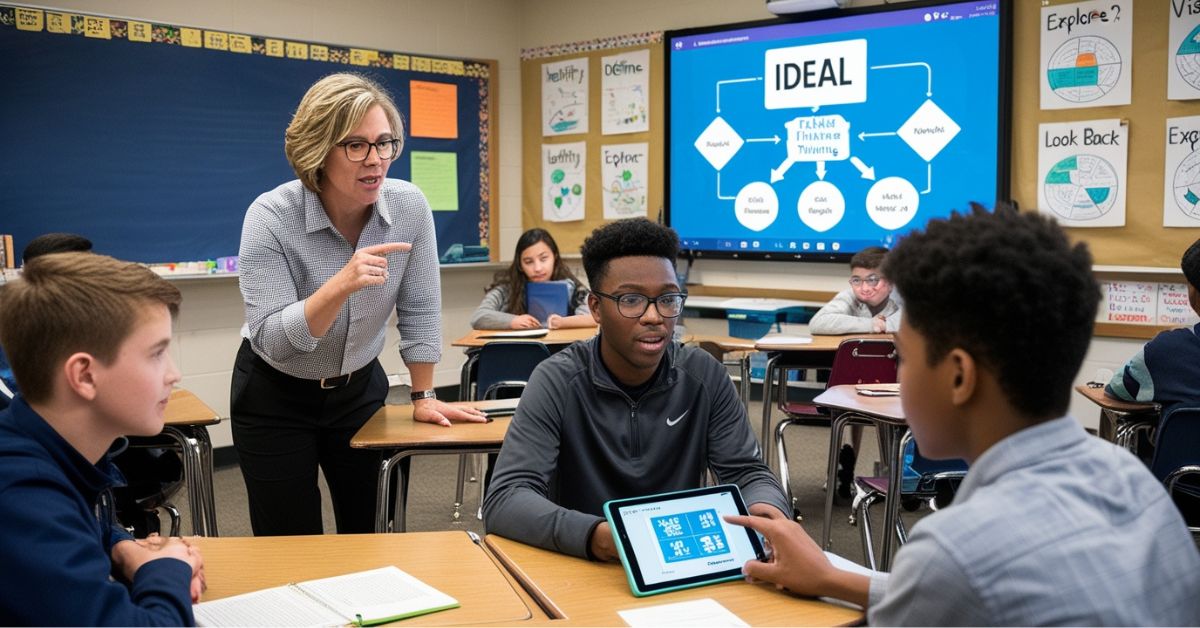Education is one of the most honourable and useful activities that can ever exist in society. In addition to that, a great teacher does more than make students understand certain concepts well, but can also be viewed as moulding the future, making learners reason and make sense of the world out there. However, the process is not limited to the mere transmission of knowledge but is actually about creating an appropriate climate for learning and personal development as well as developing flexibility in light of the changing environment in teaching and learning. So in this article, we are going to understand what a good teacher looks like, what he does and how a teacher in training can develop these habits.
1. Cultivating Passion and Enthusiasm
The Heart of Teaching
Teacher enthusiasm is most definitely something that students can catch – in this case, in the classroom. One unique quality of a great teacher includes passion in the content being taught being passed on to the learners to encourage a love for learning. Whenever the teacher is bubbling with energy in the topic they are handling, the environment becomes livelier and the students respond positively.
How to Cultivate Passion
- Be up to date –keep finding out new information within your subject area through avid reading, seminars or even membership in professional bodies.
- Incorporate real-life Frame lesson activities into the material in contexts that fit students’ interest level, which brings interest to the content.
- Reflect on your teaching journey – Freelance some personal curiosity in your academic area of specialization so as to pass it on to your learners.
2. Fostering Strong Relationships
The Foundation of Trust
The effectiveness of the teacher is also realized by the fact that a teacher knows that relationships are crucial resources in learning. Developing a good working relationship with students makes them more comfortable to open up about different tasks or activities. Students are bound to excel or participate in any course if only they are treated equally and treated like intelligent people.
Relationship Building Strategies
- Be accessible– Students should be able to find you easily to discuss whatever they feel is appropriate.
- Learn names and stories –It is quite significant to proactively learn all your students, including their names, hobbies, or history.
- Practice cooperation- Establish a classroom environment in which learners help other learners through cooperative learning activities.

3. Importance of Management in Effective Communication
The Key to Clarity
The primary source of interaction practised in teaching is communication. Skills to be developed include the ability to explain to other people and to listen to others, especially one student Cons Effective communication skills are also very useful because facilitate the possibility of explaining making a concept easily understandable by all.
Communication Skills/Strategies
Teach using a variety of instructional approaches- Teach through the use of objects; verbal communication; involvement of the feelings; and use of equipment in the classroom in addressing the learners.
- Ask open-ended questions- Do not rush the class but rather allow students time to clear any doubts and to also participate in healthy debates.
- Be Positive – Encourage students by providing specific and accurate feedback that will improve understanding of how they are being evaluated, and what they need to do to improve.
4. Flexibility and adaptability
Navigating Change
Being able to perform well in a classroom depends on one’s flexibility in responding to students’ needs, variability in converting classroom challenges and variability in understanding curriculum to meet a student’s needs is normally considered to be a good teacher. The classroom practices can increase opportunities for learning customization and meeting the needs of all children.
How to Enhance Flexibility
- Check learning needs often- Incorporate informative assessments to the classroom to monitor compatibility between the students and your teaching strategies.
- Adopt to educational needs- Do not resist the new emergent technologies and approaches to learning.
- Be flexible- A teacher must not mind at all times that he or she has set ideas on how information is to be passed across to students in classroom, if the method used is not catching the attention of the students, then the teacher should be willing to shift and apply another method.

5. Encouraging Critical Thinking
Beyond Memorization
A good teacher tries to go a little past mechanical repetition and challenges the learners to reason. In this regard, by helping the students analyze, evaluate and synthesize information, teachers orient them in handling real- life incidents.
Learning Skills for Critical Thinking
- Ask questioning technique– Ask questions that let students look for more than just right answers.
- Encourage debates- make it necessary for the students to present some arguments and counter arguments in regard to certain topic.
- Integrate problem solving- Include the use of examples in the classroom that can make students use problem solving in a novel way.
6. Maintaining High Expectations
As a result the belief in students’ potential was revealed.
One thing that characterizes good teachers is the intent of success of each and every learner. High expectations for all children translate into imagery for the students to work hard and look for better outcomes daily.
How to Set High Expectations
- Set clear behavioral boundaries-Let your students know what is permissible and what is not, from the word go.
- Reward hard work- Introduce gems of change and swiftly highlight successes to students irrespective of how insignificant they may seem in an endeavor to encourage students and remind them of their capabilities.
(Promote persistence-Underline the effort and getting through the failure rather than avoiding them.)
7. Staying concerned and engaged on the journey to lifelong learning
The Ever-Evolving Educator
Teaching is perhaps one of the professions that one has to work at developing throughout his or her career. One way that these characterizes can be described is when the great teacher is a promoter of continuing education, which means that the teacher actively continues to learn in an effort to enhance his or her teaching skills as well as the content to be taught. This commitment enhances the teacher-students education process as well as the teaching-learning process of the teacher and the students.
Techniques for Developing Continual Education
Teacher training meetings- Participate in seminars that are organizational and includes general pedagogy, management and content.
- Confer with other teachers – Discuss with other instructors to reduce short comings and come up with better approaches.
- Practise mindfulness- Always evaluate yourself in the classroom and ask students as well as colleagues what changes need to be made to the practice of teaching.
Conclusion
Teaching profession is a complex process in which a person works on themselves, learns how to care and how to strive for the success of students. Passion, relationship, communication, flexibility, thinking, expectation, and learning are six pillars described above that struggling educators can employ in order to achieve great education traditions when entering the classroom.
In thinking about the enormous impact, which teachers make in society, we can realize that the function of learning goes beyond the acquisition of knowledge. Great teacher does not merely make scholars out of children; they produce responsible citizens, sensitive individuals. If the reader will agree, teaching is a constant exchange of power, information, ability, and affection and that the power to teach is within anybody who cherishes the adventure will touch lives of learners and humanity.
You may like to read:-
10 Proven Tips to Achieve Financial Prosperity for Teachers in 2025
- How to Dominate Your Online Business With 5 Proven Digital Marketing Strategies
- How to Cultivate Critical Thinking and Problem-Solving Skills in Classroom
- Top Proven Mental Health Strategies for Schools in 2025-26
- Time Management for Teachers: How to Plan, Prioritize, and Perform Better
- How Parental Involvement in Education Shapes a Child’s Growth and Success




Thankyou so much sir for being a teacher who truly cares and that teachings help me to grow my life and sir stay like that we are with you ♥️